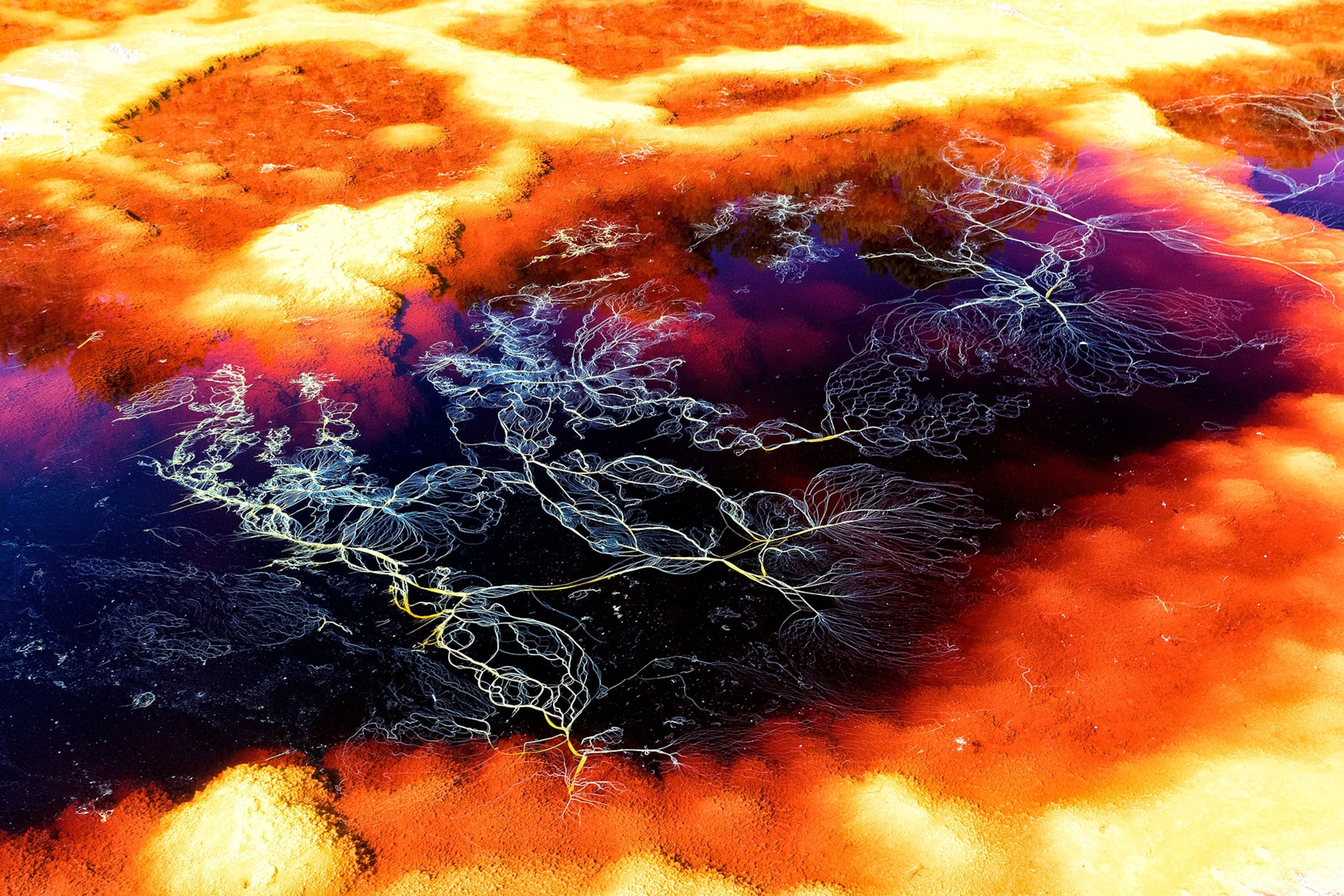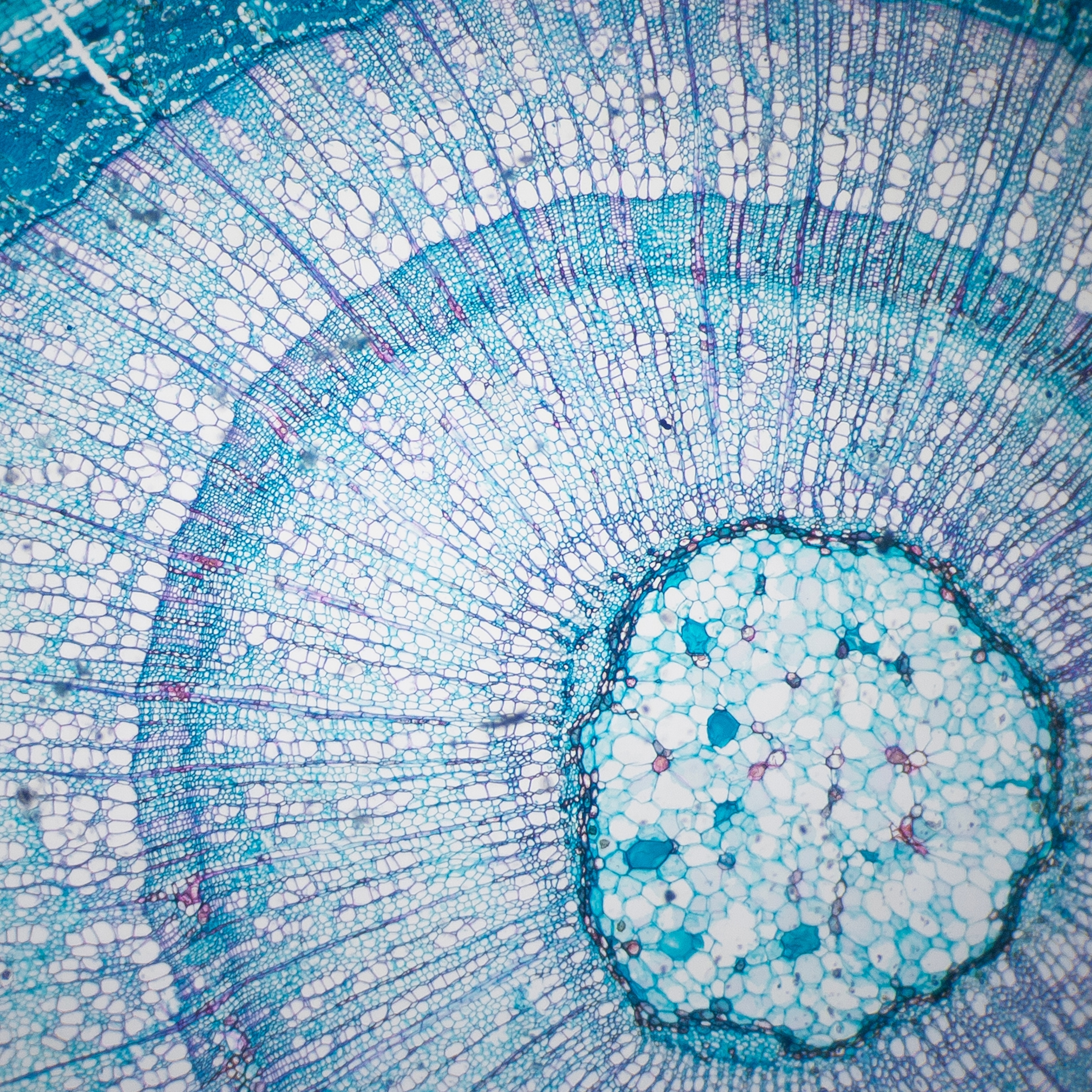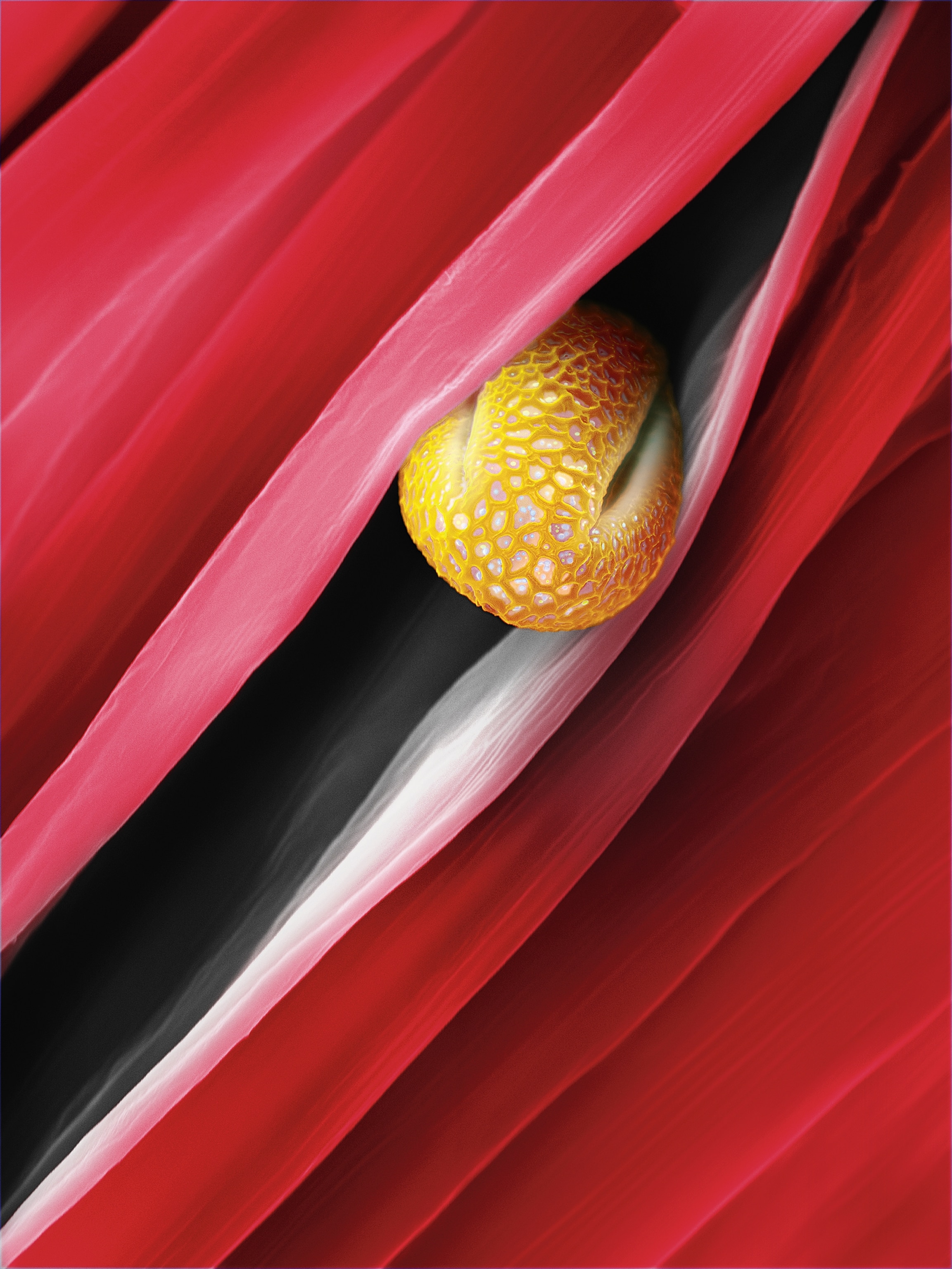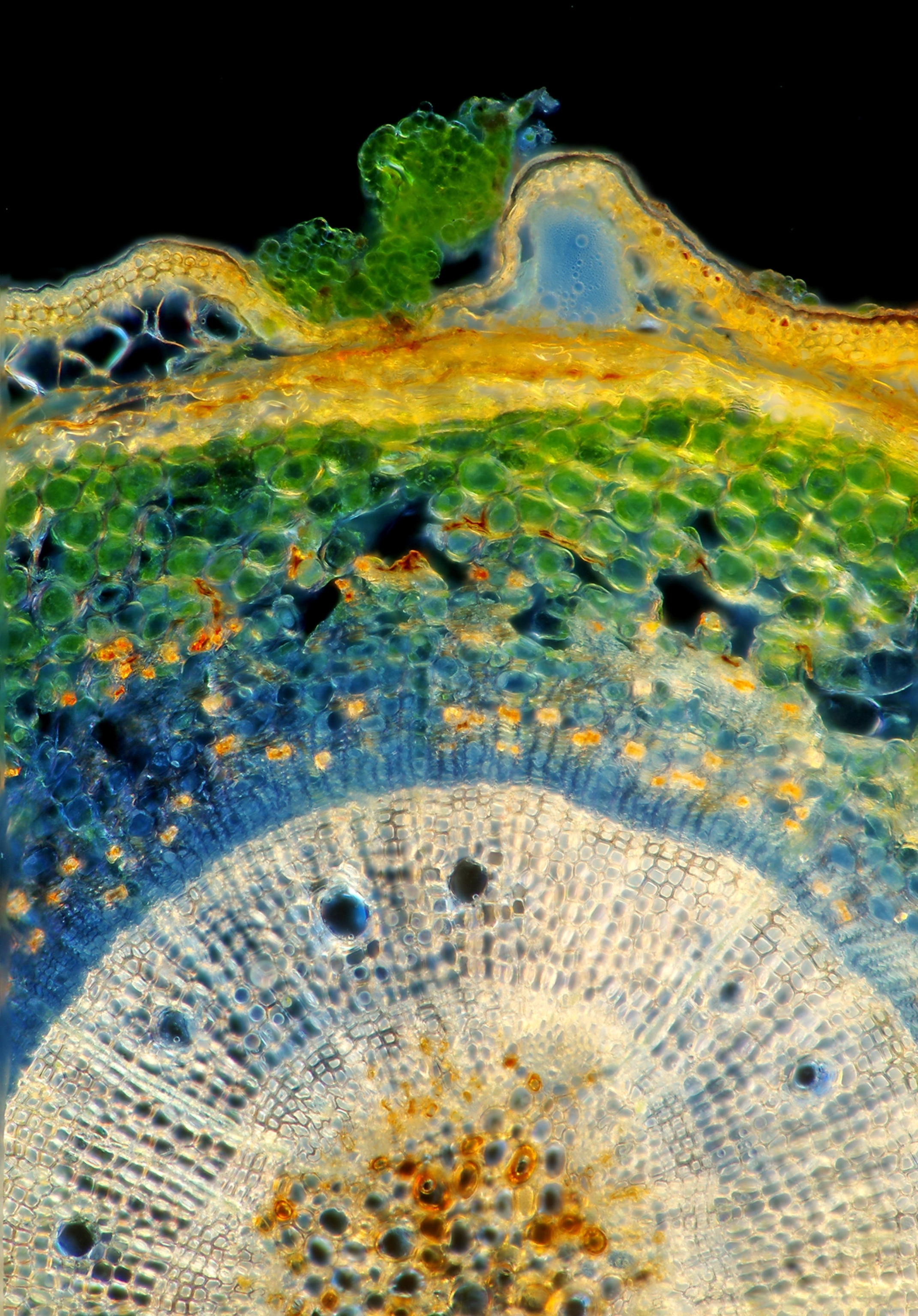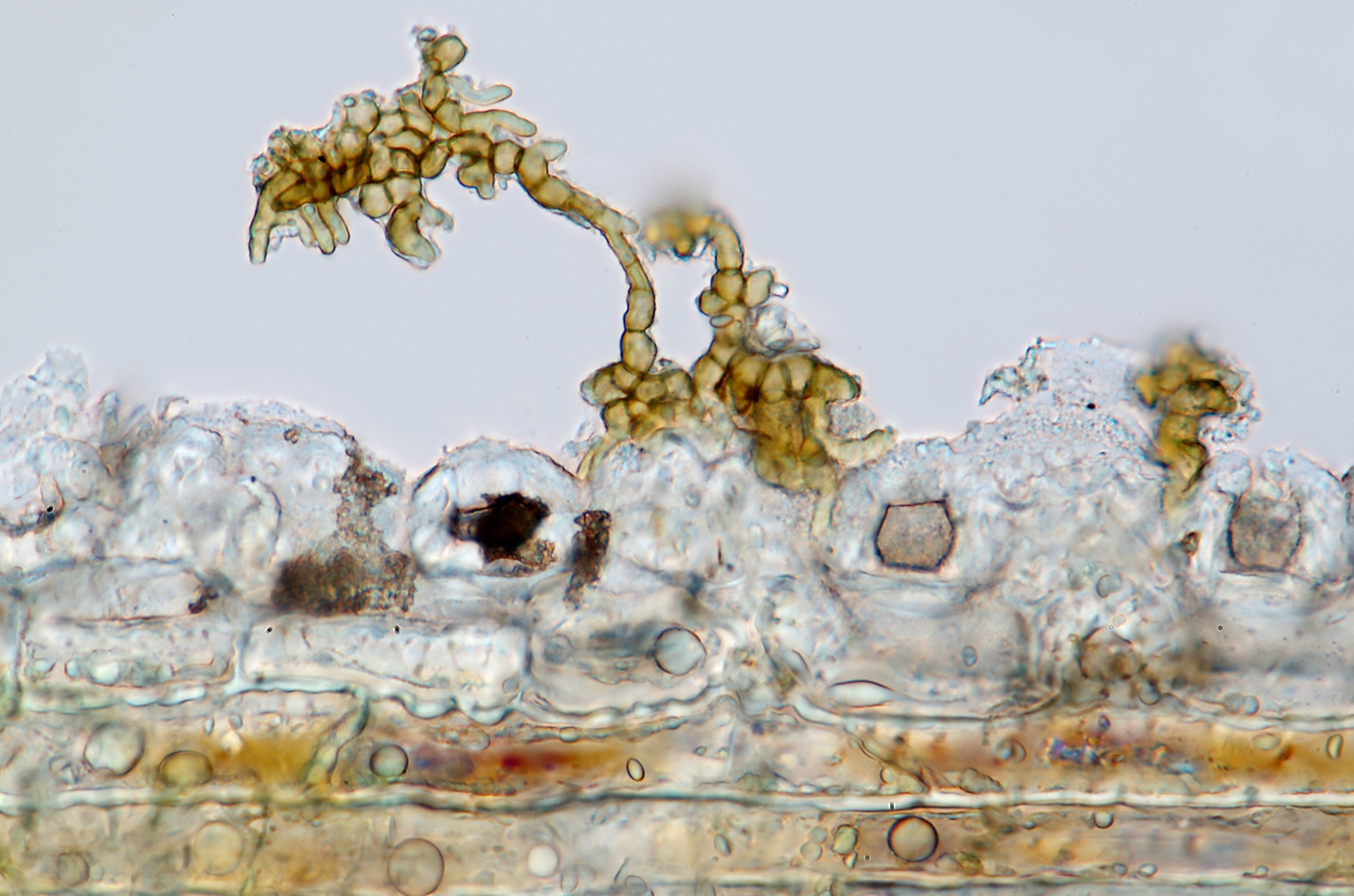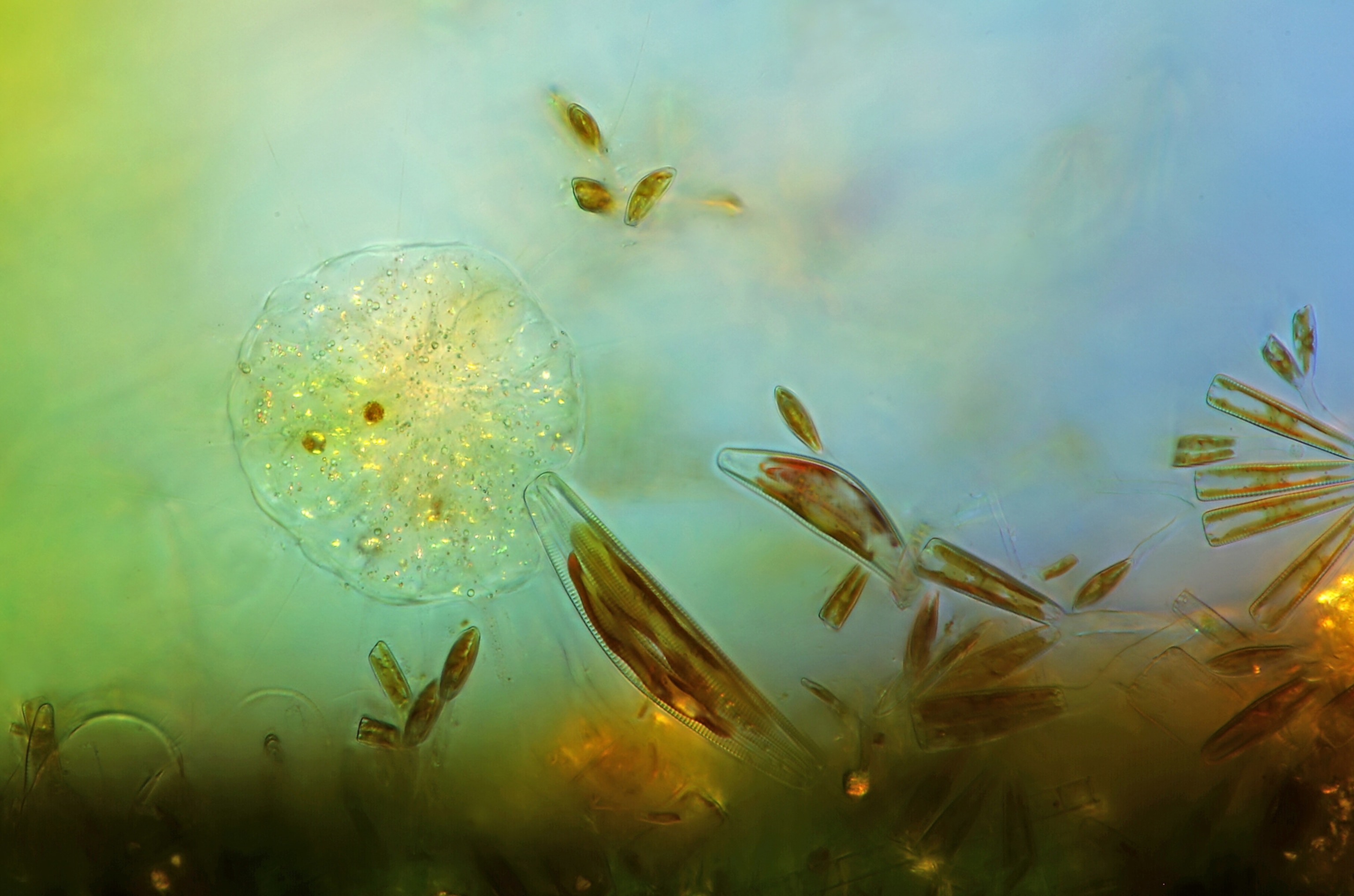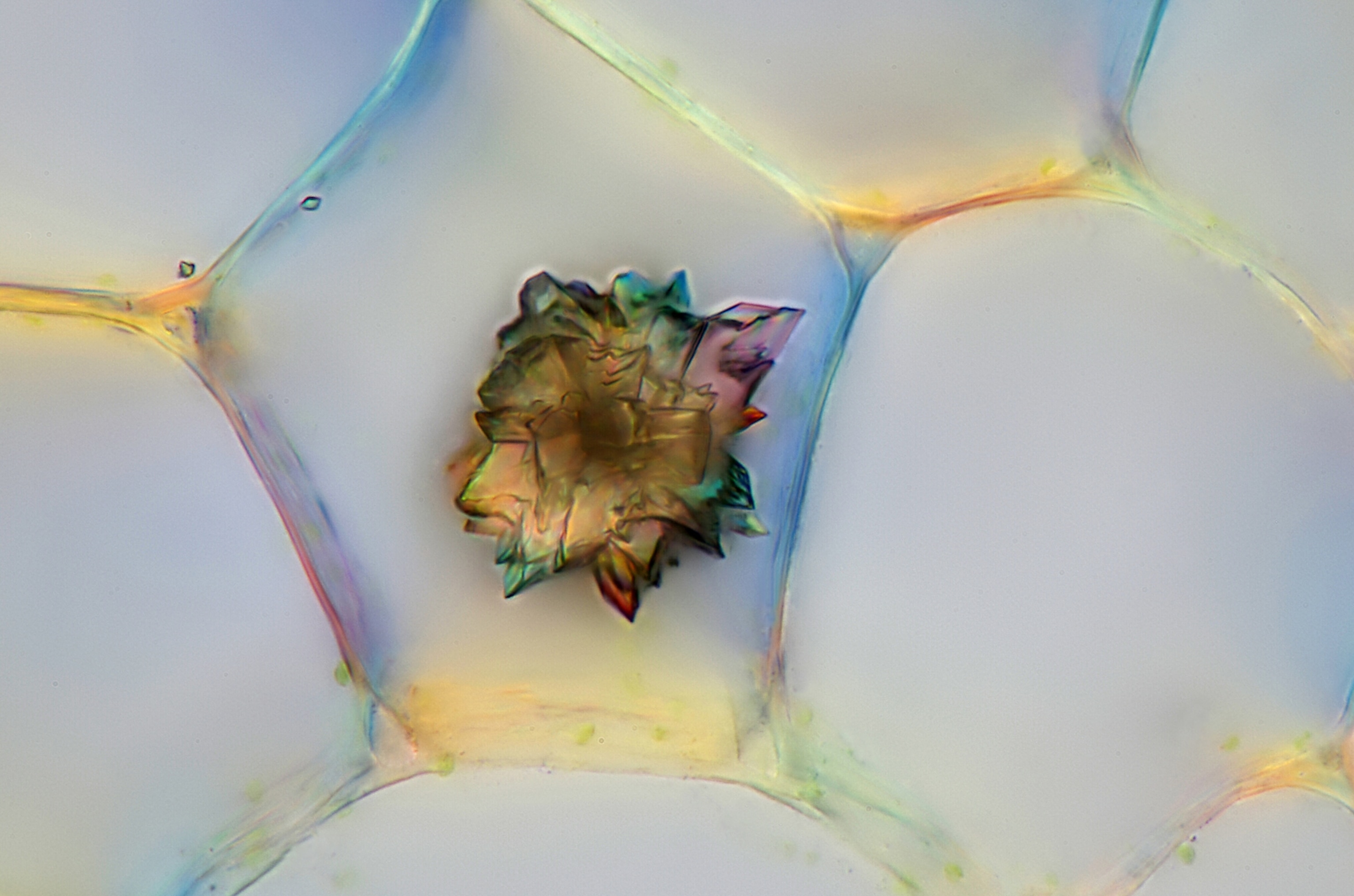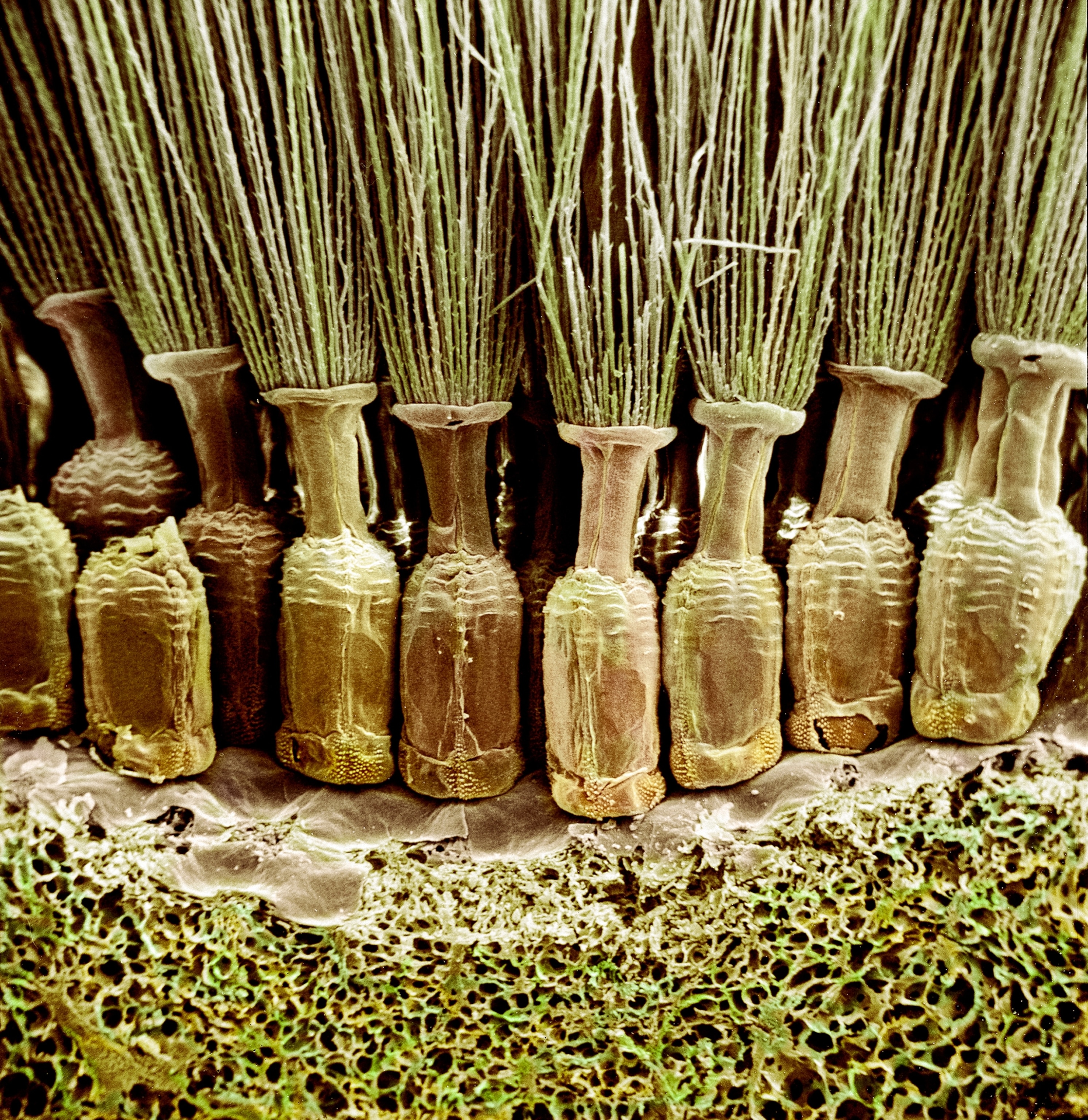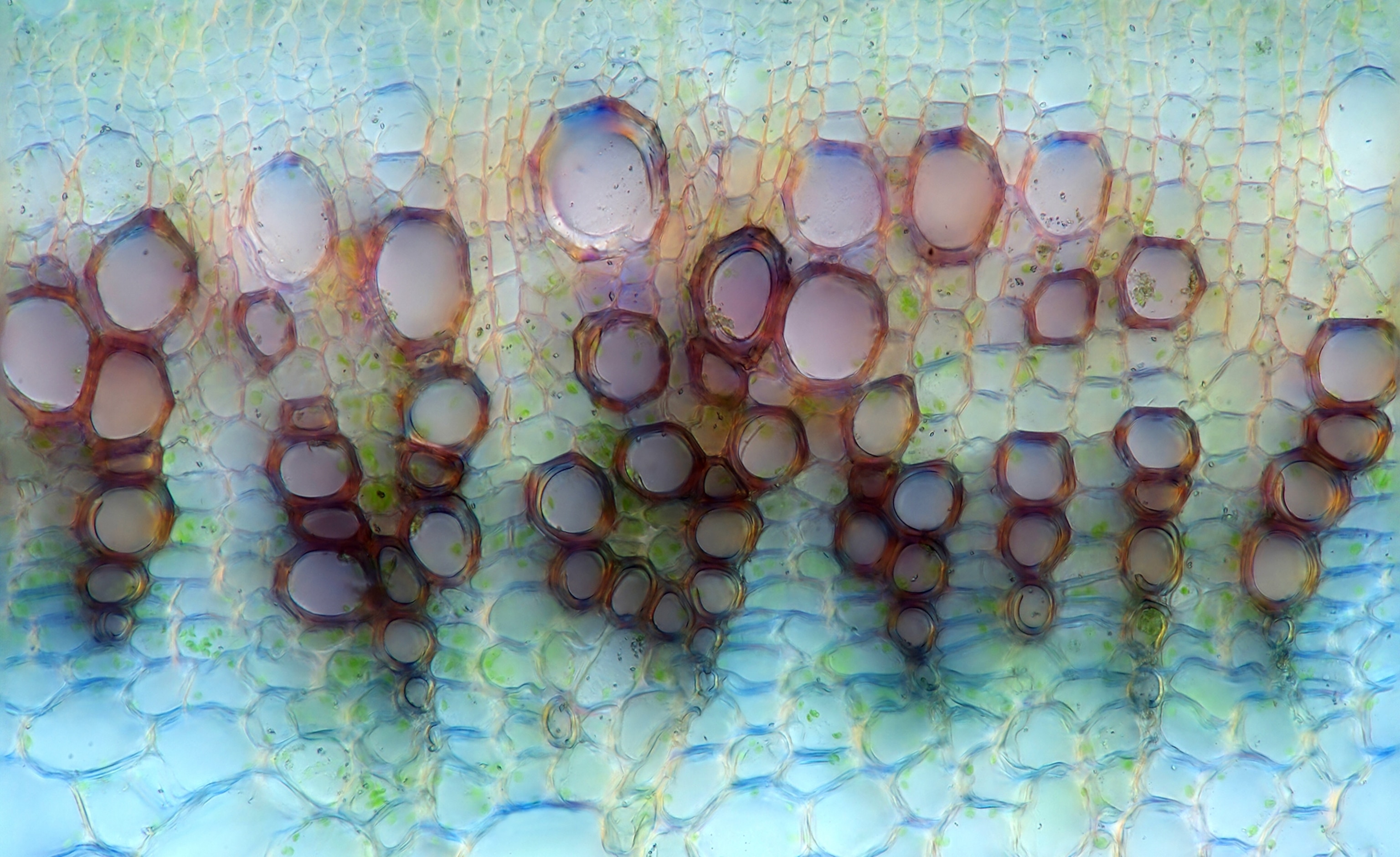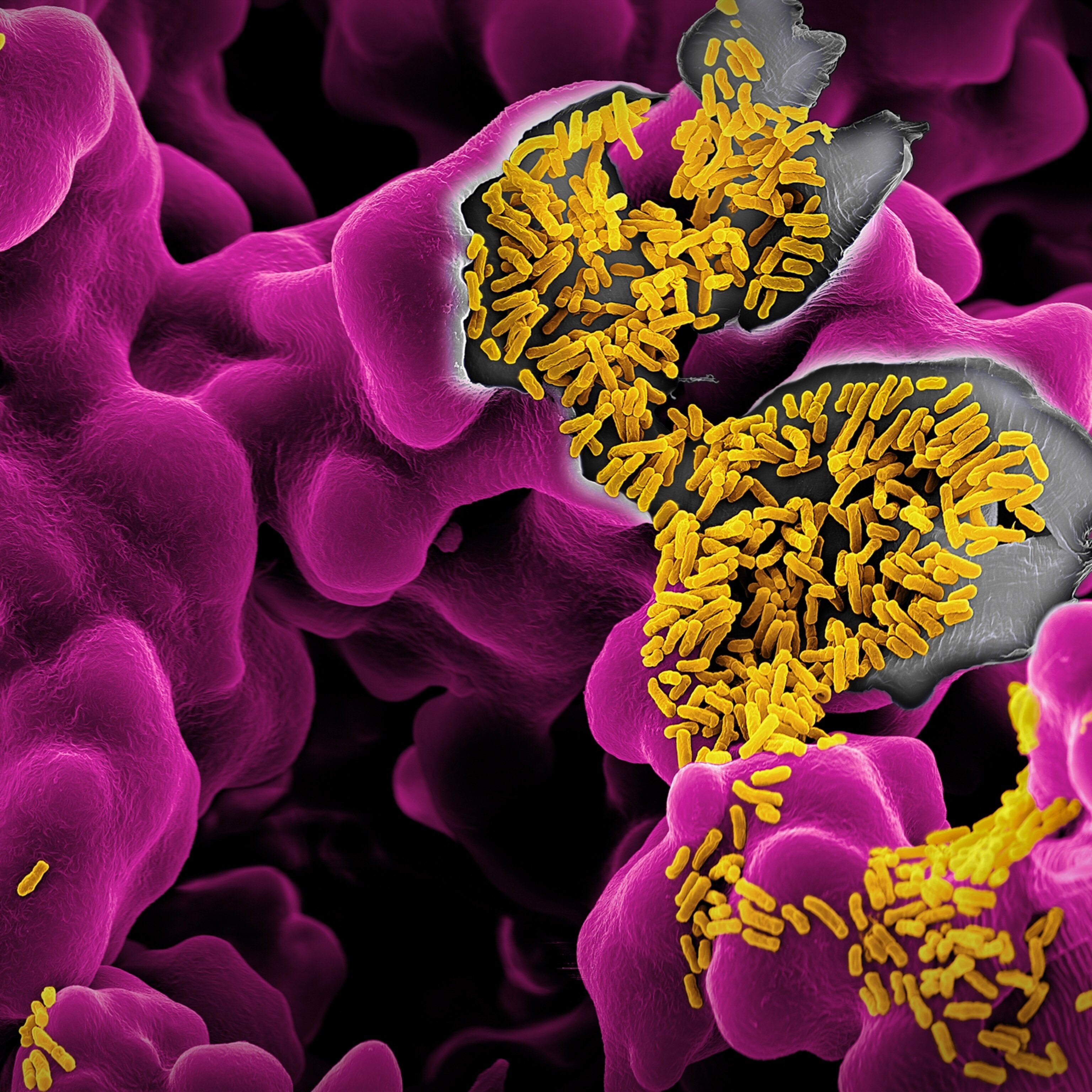The Iberian Pyrite Belt in southwestern Spain looks looks like a movie set for an alien world. Rusty lakes punctuate the iron-rich landscape. The Rio Tinto, named for its vibrant red coloration, seems to glow against the dull rocks. But dig a little deeper, and things get even weirder.
In a surprise to scientists, cyanobacteria have been found thriving nearly 2,000 feet below the strange landscape, where sunlight, water, and nutrients are scarce. Researchers previously thought these microbes could survive only while basking in the sun's rays, although they are otherwise a versatile bunch; researchers have found them alive nearly everywhere on Earth.
“You go to the desert, you have cyanobacteria; you go to the sea, you find cyanobacteria. You go to the International Space Station, and they can get [the microbes] up and get them down, and they survive,” says Fernando Puente-Sánchez, a postdoctoral researcher at the National Center for Biotechnology in Spain.
“The last habitat we hadn't seen before was the subsurface.”
Cyanobacteria hold an important role in Earth's history: They were responsible for pumping oxygen into the atmosphere, paving the way for life to swim, slither, hop, gallop and fly around the planet. That's why the new study, published today in Proceedings of the National Academy of Sciences, is pushing scientists rethink what can survive deep below our feet—and perhaps even the types of critters we should look for in our search for life on Mars and beyond. (Find out about an underground lake possibly found on Mars.)
Exploring the Deep
Puente-Sánchez, who completed the research as a graduate student at the Centro de Astrobiología (CSIC-INTA) in Spain, wasn't initially looking for cyanobacteria in the rock cores taken from the pyrite belt. Instead, the team expected to find similar bacteria as what are seen on the surface, including the types of microbes that oxidize iron and sulfur.
“But actually, we didn't,” he says. Instead, cyanobacteria were everywhere on the rocks. At first he thought it a mistake. He recalls fretting: “My Ph.D. is going nowhere; my adviser is going to kill me.”
Control samples helped the team determine that the microbes did not come from contamination due to the drilling fluid nor from processing in the lab. And the cyanobacteria were not found in random locations, as you might expect if the samples had been doused in contaminated liquid. Instead, they were congregating along the fractures in the rock, eking out an existence in the tiny pockets of air. (Learn more about extreme microbes found in the driest part of the Atacama desert.)
The team also confirmed that the cells were alive and not remnants somehow shoved to the deep using a method known as CARD-FISH, which helps identify the genetic material of the cell's protein factory, known as a ribosome. If a cell dies, this delicate material quickly breaks apart.
Confirmation, however, brought new questions: “What the hell are they doing there? How can they survive?” says Puente-Sánchez.
Don't Be Afraid of the Dark
The cyanobacteria don't appear to differ greatly from the same kinds of microbes that thrive at the surface. Metagenomic analysis suggests that they are descendants of rock-dwelling lineages who make their living in tough environments, such as in the desert or within shadowy caves.
But even in the darkest of caves, cyanobacteria were thought to capture some of the scanty photons that ricochet into the space, using the energy from sunlight to split water and generate electrons during photosynthesis. So how do the subsurface bacteria survive without light?
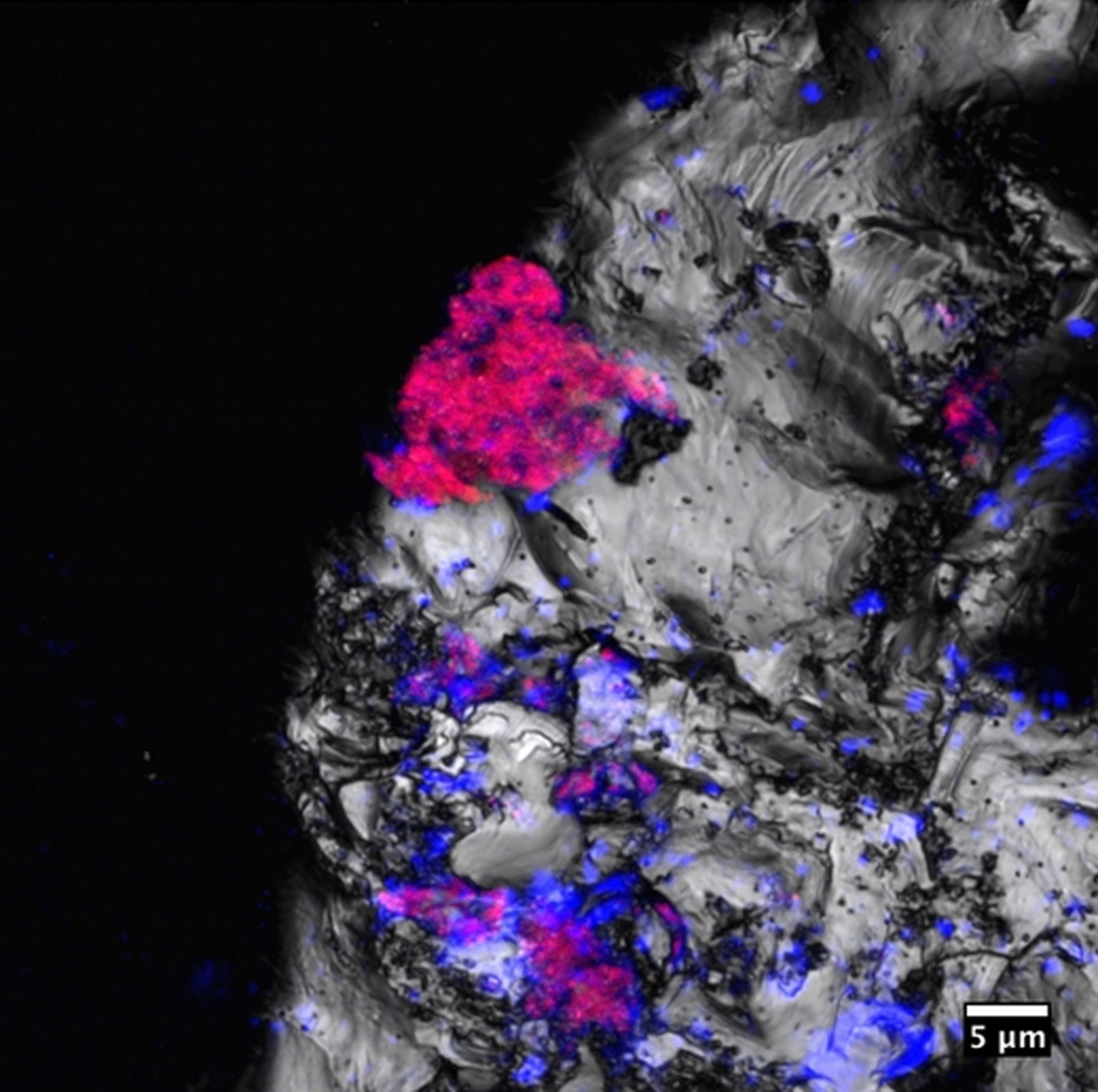
These cyanobacteria seem to be largely chowing down on hydrogen gas, as evidenced by the lack of hydrogen wherever there were lots of cyanobacteria in the cores. The gas is a common food source for microbes, particularly those in the subsurface that have few other options.
The subsurface cyanobacteria, however, seem to be processing and releasing hydrogen electrons using coopted machinery that their surface kin use for photosynthesis. In particular, the microbes seem to be capitalizing on the system's “safety valve,” an electron release mechanism that produces small amounts of energy.
Microbes on the surface don't really need this extra energy thanks to the abundance of sunlight, relying on the valve only to keep their cells from frying when light is aplenty. But the subsurface cyanobacteria seem to survive in part on the tiny sips of energy that result from the valve releasing pent-up electrons.
Eggs in a Basket
“It's a really cool idea,” says Jennifer Biddle, a microbial ecologist at the University of Delaware who was not involved in the work. “They don't have to replace much machinery to be able to do this.”
Even so, reusing the photosynthesis system is not necessarily a surprise, says Virginia Edgcomb, a marine and subsurface biosphere microbiologist who also wasn't involved in the study. Microorganisms that live in challenging environments have to be adaptable to survive.
“It's sort of the 'eggs in a basket' analogy,” she says. “It doesn't make sense to put all your eggs in one basket, because you need to be flexible. You need to be able to use different things as carbon sources, different things as electron acceptors, because chances are your conditions are pretty limiting and unpredictable.”
Both Biddle and Edgcomb add that they have previously seen signatures of cyanobacteria in past subsurface samples, but until now, these microbes were largely ignored or thought of as likely contaminants.
“Prior to this paper, there really wasn't strong evidence that cyanobacteria weren't contaminants in subsurface biosphere samples,” Edgcomb says.
Hints of Martian Life
The new find may have implications in the search for extraterrestrial life, Puente-Sánchez says. The Rio Tinto region, in particular, has long been seen as a Mars analog thanks to its abundant iron and sulfur minerals, akin to what's seen on the red planet.
This latest study underscores the adaptability of life and the possibility of subsurface Martian communities, hidden away from the damaging radiation at the surface. Two rovers are set to launch in 2020 to search for signs of life on Mars: the European Space Agency's ExoMars and NASA's Mars 2020. Both are equipped with drills to collect rock core in search of ancient microbial life—but perhaps they may dig up something more recent.
“I'm not claiming that there are cyanobacteria on Mars,” Puente-Sánchez says, emphasizing that instead we need to expand our thinking about what might be able to develop and survive off our planet.
“What we think is a really bad environment—such as the subsurface, such as Mars—it's feasible for life.”
